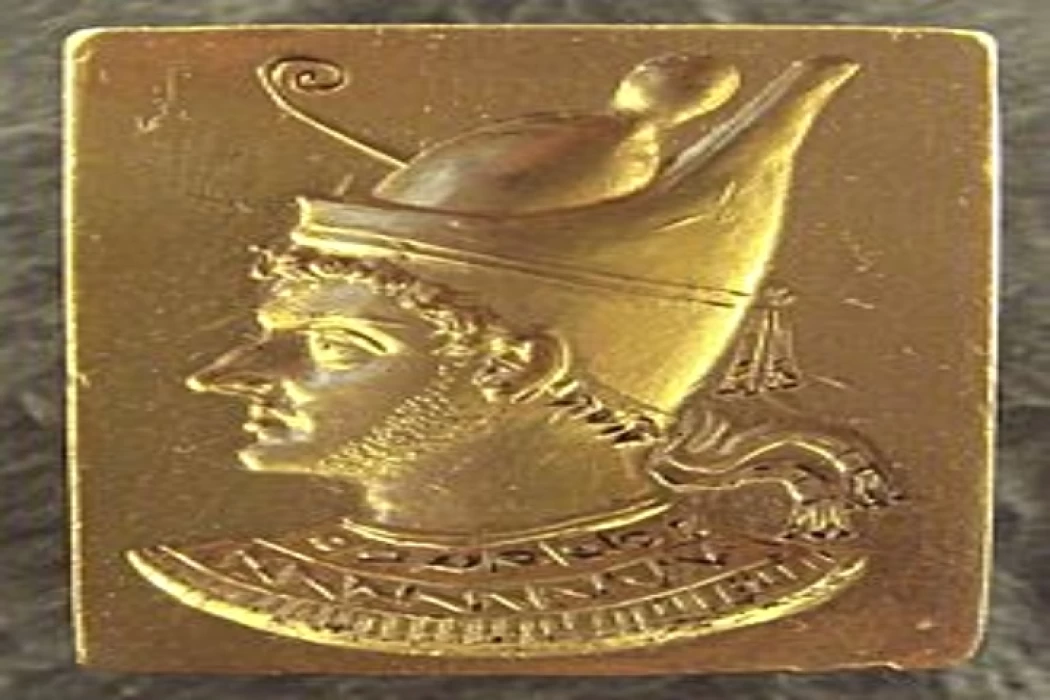
History of Ptolemy VIII his title was Yorgetis II (meaning goodness)
He is the son of Ptolemy V, who reigned from 169 BC. Ad in Egypt and from 163-145 BC. Ad and then from 145-116 BC. In Egypt, a violent revolution took place against him in the years 130-131, after which he fled, and Cleopatra II, Queen of Egypt, ruled alone during that period, but Ptolemy VIII was able to restore his king and died in 116 BC.M. Junior married the Queen of China, who united with him against Cleopatra II.
His conflict with his brother Ptolemy VI
A few years later, Ptolemy VIII of Libya claimed that his brother Ptolemy VI was trying to assassinate him and annex Libya to Egypt a second time - and Ptolemy cleverly covered his claim by announcing by writing an inheritance will and publishing it, stating that upon his death his kingdom of Cyrene would pass to Rome. this commandment was discovered in an inscription in the Libyan city of Cyrene. Still, this commandment was not implemented because he succeeded his brother Ptolemy VI on the throne of Egypt and was known as Ptolemy VIII. He ruled Egypt for 54 years, the longest reign of a king from the Ptolemaic dynasty on the throne of Egypt. And the second in the history of Egypt after the reign of Ramses II.
Stability in his reign
The reign of Ptolemy VIII is considered one of the most stable and as a result of this political stability and friendship with Rome, the rising superpower at that time, and the lack of wars, economic prosperity occurred and trade between the countries of the White Sea, which became a Roman Lake, and several Roman visitors visited Egypt for tourism, as well as official employees from Rome, a papyrus translation dating back to 112 BC was published. It was found in the remains of an archaeological village located about 100 km from the Sphinx and Pyramids area, containing instructions and orders sent by a senior employee of Alexandria: "Lucius memmius - a Roman senator - He enjoys a great position of prestige and honor making a trip from Alexandria to the territory of the Arsenoite.















